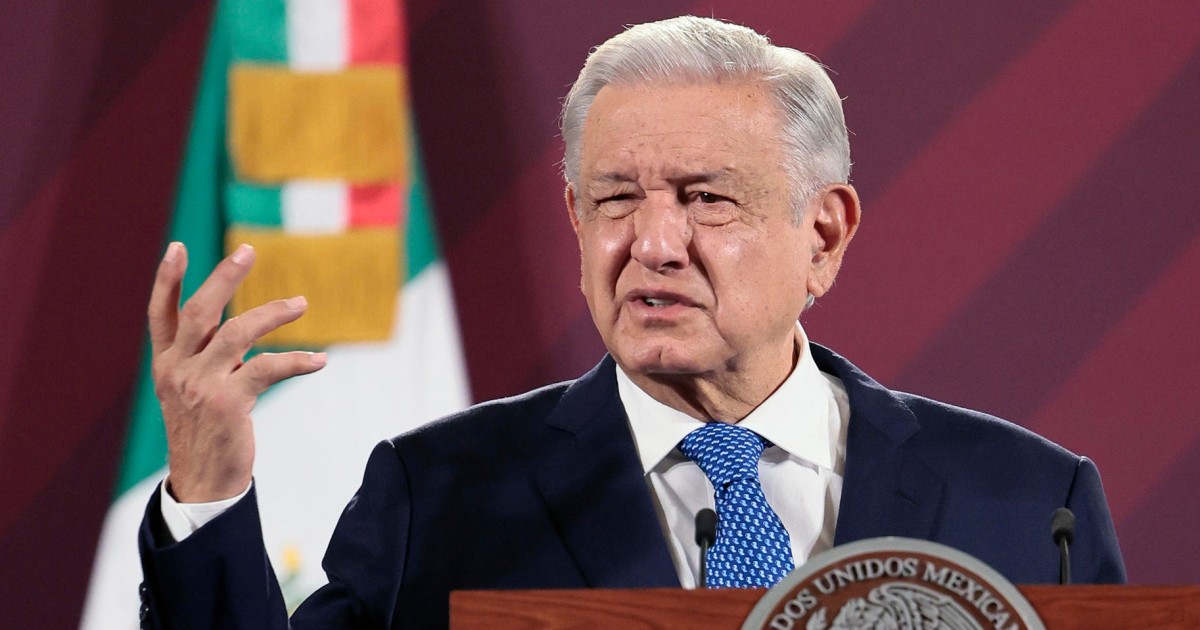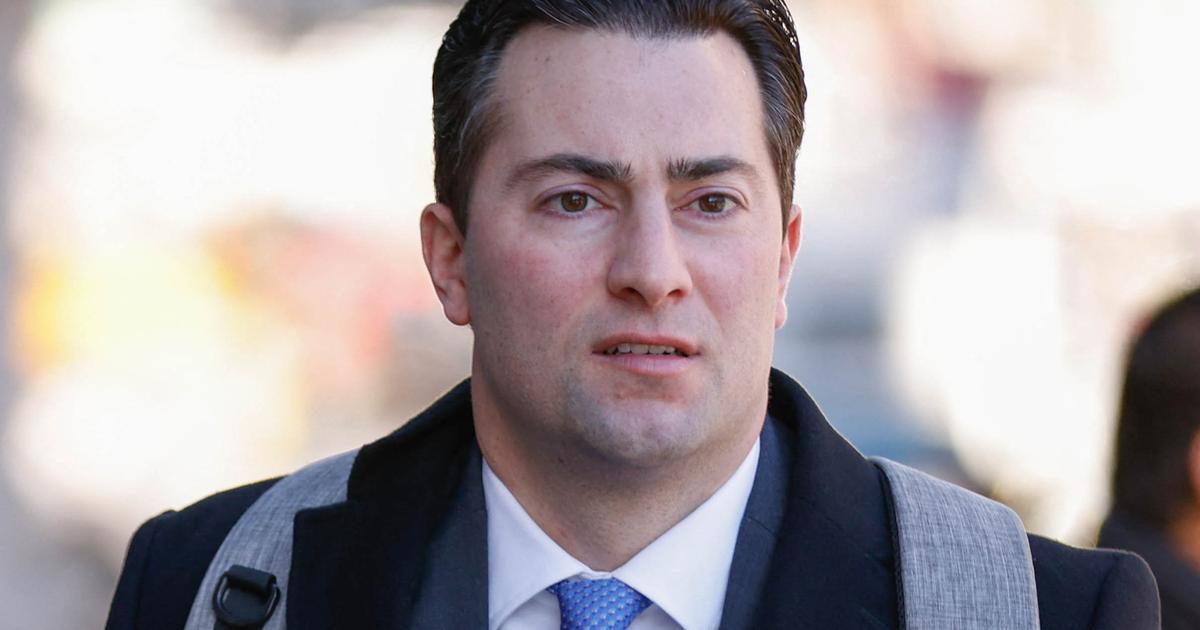The only difference between a declared war and the massacres that Michoacán endures these days is the absence of a state.
The massacre of 20 people last Sunday in a clandestine palenque in the municipality of Zinapécuaro consisted, as confirmed by official sources to this newspaper, in a multiple murder committed by members of a faction of the historic owners of the territory, La Familia Michoacana, against the new ones, the Jalisco New Generation Cartel.
And just as dozens of municipalities in Tierra Caliente are stained with blood, an almost identical battle is being waged towards the east of the state, the key drug trafficking corridor towards the center of the country and its capital.
Men riddled with bullets on the highways, shot in broad daylight, mayors executed, landmines, combat-modified tanks, the so-called
monsters,
and
thousands of people displaced from their homes are the postcards that Michoacán sends to the rest of the country every week.
A savage war without an authority, neither military nor police, that manages to contain the bleeding.
The reconstruction of the events, according to state sources consulted by this newspaper, points to a key actor, Daniel Correa, leader of Los Correa, who for years had distributed the cake in the eastern part of Michoacán, which borders Guanajuato —the Once a prosperous state and now known for being the deadliest in the country—and a few kilometers from the State of Mexico (an entity that surrounds the capital and where a good part of its working class resides).
This corner is now disputed by the native cartel —former member of another older one, La Familia Michoacana— against the newcomers, the Jalisco New Generation Cartel, of Nemesio Oseguera Cervantes, alias
El Mencho,
one of the most powerful drug traffickers in the country.
And on Sunday night, Los Correa decided to strike a final blow.
Around 10 p.m., they loaded their men into a van of Sabritas — the popular bagged potatoes — and parked in front of the door of a clandestine palenque where a cockfight was taking place: El Paraíso ranch.
There, between bet and bet, it was suspected that dozens of men from Jalisco would come.
Among them, the ringleader of the area, William Rivera, alias
El Barbas,
who died riddled with bullets at the party, as state sources have confirmed to this newspaper.
The men of Los Correa pulled the trigger of their machine guns and murdered 20 people in cold blood.
There are still four hospitalized for gunshot wounds.
Among the dead were the owner of the premises, 59 years old, and his son.
Who knows how many more deaths outside the conflict took the rain of bullets, because the Prosecutor's Office consulted by this newspaper has not wanted to offer more information.
A little over a month ago, in that eastern zone—because the narco's territorial limits are handled with more flexibility than geographic ones—presumed members of the Jalisco Cartel assassinated the mayor of Contepec, Enrique Velázquez Orozco.
At the beginning of the year, a confrontation between ministerial police and the authorities once again pointed to those from Jalisco.
The men of El Mencho, who have become famous by dint of acts of terror against the population throughout the country and by displaying their heavy artillery, tanks and dozens of men dressed in military uniform, tried to control this corner of Michoacán.
But these lands had owners, who had taken control in the same violent way.
And in the middle of this battle, its citizens remain, defenseless and alone, aware that when the drug trafficker wants to, he sets everything on fire.
The list of violent acts in the entity is, so daily, overwhelming.
When a battle breaks out in Aguililla, Zamora becomes the deadliest municipality in the country.
When they assassinate the mayor of Aguililla, they had already killed the one of Contepec.
When an antipersonnel mine is triggered and kills a peasant on his own land, shortly after, more than a dozen surrendered people are shot at the gates of a wake.
Two journalists murdered in the same municipality, in the same medium, after the last one warned that they were going to kill him.
When in Michoacán one thinks that he has seen everything, they murder 20 more people.
They are the messages of the drug trafficker to the population and to the Government, written in the dead, so that no one forgets who is in charge.
In February, the government of Andrés Manuel López Obrador decided that despite its strategy of non-intervention in the war between the cartels, something had to be done in Michoacán.
This entity, just a couple of hours by car from the capital, has become the epicenter of the violence of his six-year term.
At the beginning of that month, an unprecedented deployment was announced in his mandate that sent thousands of soldiers to recover towns taken by drug traffickers for at least 10 months.
But the violence has not stopped.
On Monday, with two dozen more bodies, López Obrador repeated again that "violence is not fought with more violence" and that the important thing is "attack the causes."
The causes are the miserable living conditions in which thousands of towns like this one live in the country, where hundreds of young people have become cannon fodder to populate the ranks of organized crime.
The president insists again and again that his social programs—Youth Building the Future and Sowing Life—will one day have an effect.
Also, that the bloody history of the drug war that Felipe Calderón undertook (2006 to 2012) and that Enrique Peña Nieto continued until 2018 only caused more deaths, more disappeared in graves, more tragedy.
The blood of the past proves the president right again, although never in the history of Mexico, not even in the worst year of the drug war, had there been as many deaths as now (more than 100 homicides a day in January and February ).
The persecution of the great capos pulverized the historic drug cartels into hundreds of gangs, a new one on each corner, with similar firepower, that sow terror at will.
Well, arms trafficking and the ability to become an army of hired assassins is anyone's.
Rampant impunity, 95% of crimes are not solved, and a failed justice system have been the fertile land from which they continue to feed.
But the authorities must find a middle ground between seeing the bullets go by and having faith in social programs and resorting to the military.
The blood of now
subscribe here
to the
newsletter
of EL PAÍS México and receive all the informative keys of the current affairs of this country


/cloudfront-eu-central-1.images.arcpublishing.com/prisa/SUXSGP2YZBHQLNK4QN5DDKB32U.jpg)


/cloudfront-eu-central-1.images.arcpublishing.com/prisa/Z6YMDVPE2NHHTGDHDZ4XH5MOFM.jpg)






/cloudfront-eu-central-1.images.arcpublishing.com/prisa/KMEYMJKESBAZBE4MRBAM4TGHIQ.jpg)


